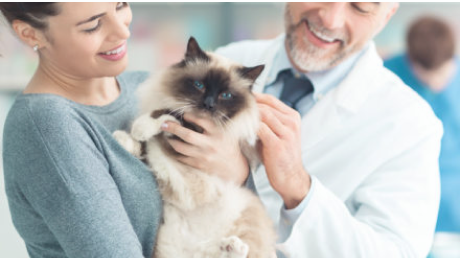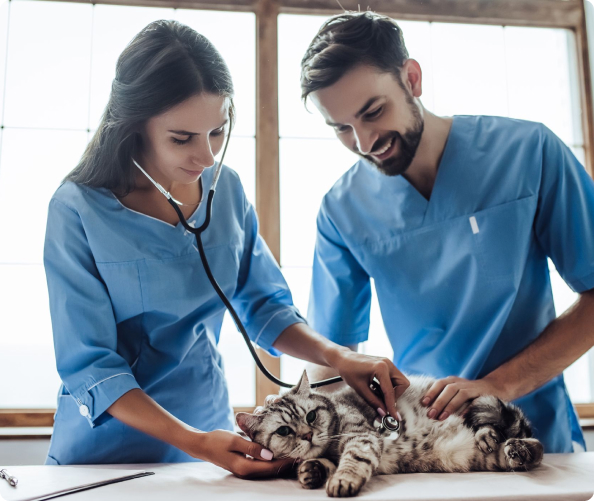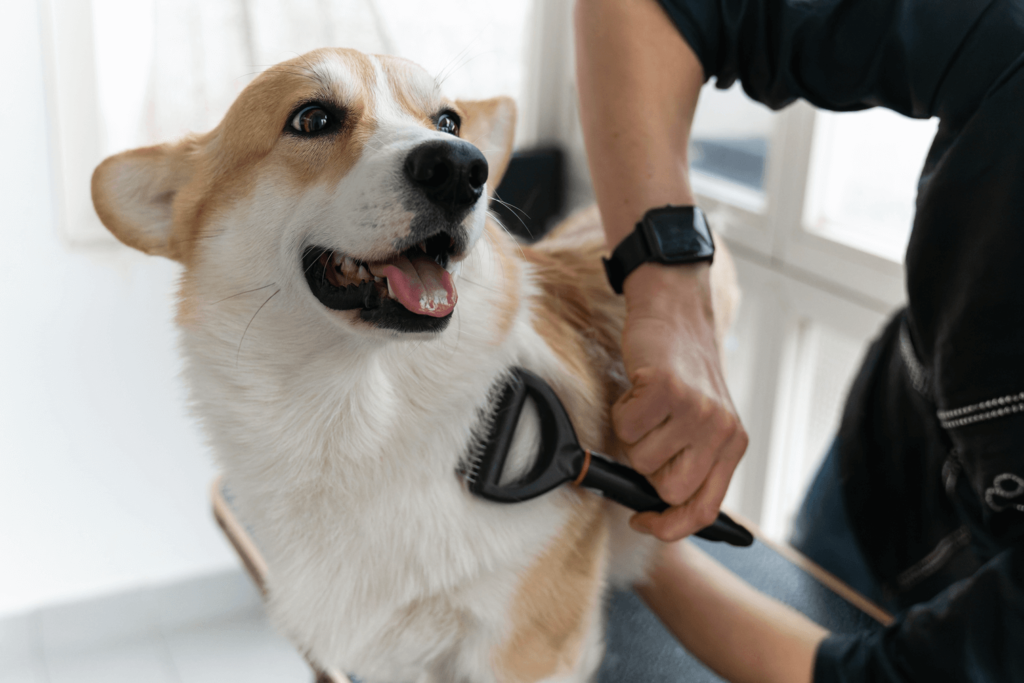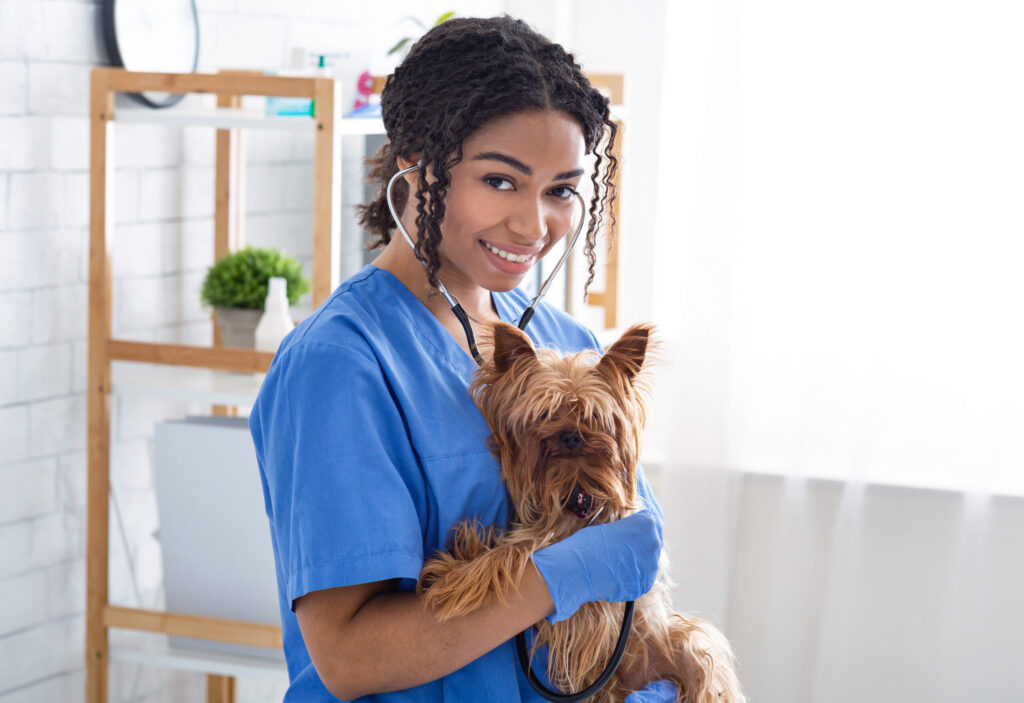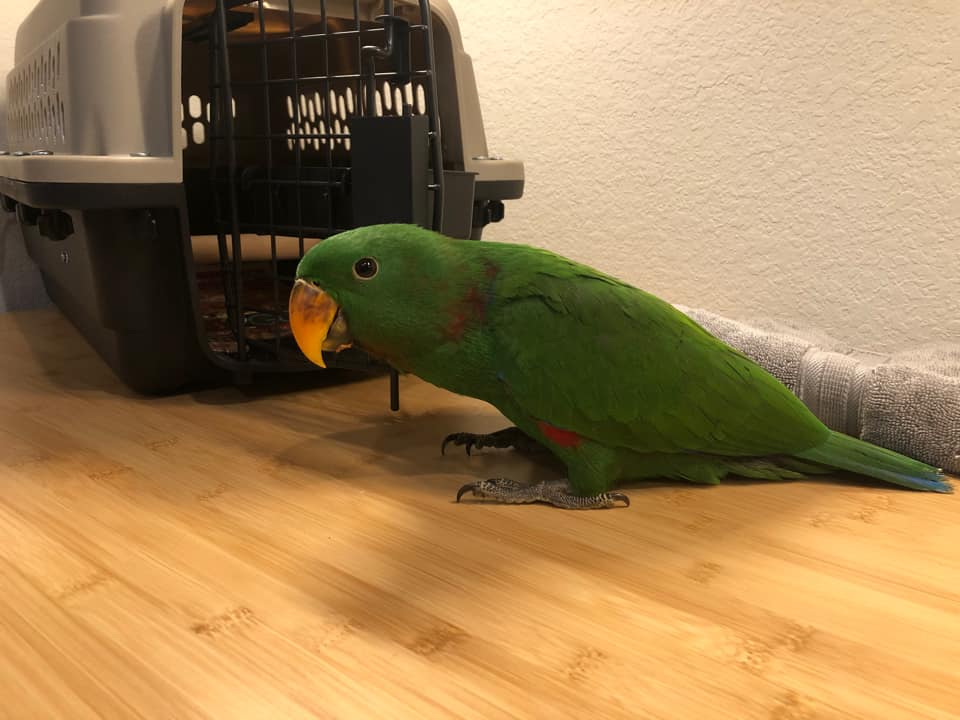
By Julie Liu, DVM
You see a historically high FAS dog on your schedule for planned sedation and feel confident in your plan. The client has done a great job with positive basket muzzle training and administering PVPs as directed, and while the PVPs don’t really seem to have had much of an effect, surely the sedation you just gave will help her feel calmer. So, you wait. And wait. No effect. Did you miscalculate your doses?
Unfortunately, despite all your careful planning, you will encounter some hurdles when managing high FAS patients, particularly during procedures that are more painful or aversive. Here are some tips on circumventing roadblocks during Fear Free care:
- Re-evaluate wants vs. needs. It’s easy to lose sight of this Fear Free fundamental when you’re in the middle of handling a pet, especially since vet professionals tend to be very goal-oriented. When a patient’s FAS escalates, take a mental step back and ask yourself whether your current task is truly medically necessary for that pet at that moment. With a Fear Free approach, much of what we do in general practice is considered a want, not a need. Making the ethical call to stop before you cause further emotional damage to that pet can be difficult, but it’s amazing how much further you get when non-urgent concerns are deferred for a follow-up visit.
- Reassess your analgesia and decide if sedation or anesthesia is more appropriate. Sometimes we underestimate the level of pain caused by procedures we want to accomplish. When a high FAS pet escalates from pain, upgrading to stronger analgesics such as a full mu opioid or engaging multimodal pain relief can help bring FAS back down. However, in some pets this will be inadequate, and stepping up to sedation or even general anesthesia may be needed. One high FAS dog I saw would take treats readily during the initial visit, but would try to bite whenever I tried to examine the area of matted hair on his rear leg. He was rescheduled to come back the next day, but PVPs, analgesics, initial sedation attempts, and adding on more sedation medications didn’t touch him. He finally ended up needing general anesthesia, and what I thought was a matted hotspot was actually a several cm region of semi-necrotic tissue that was much more painful and inflamed than I ever could have guessed.
- Teamwork makes the dream work! When interacting with a high FAS pet, think of your team outside of the vet clinic as well, particularly if you encounter a roadblock. I’m eternally grateful for the veterinary behaviorists, in-home providers, positive trainers, behavior consultants, groomers, and pet sitters in my area. Establishing a referral network of ethically aligned pet and vet professionals will help that pet receive the care they deserve throughout their life, while also making your job easier. For example, since most vet clinics don’t have trainers on staff, I routinely refer to reward-based trainers to help with skills that can reduce FAS during vet visits such as reducing arousal around other dogs: desensitization and counterconditioning to restraint, basket muzzles, nail trims, injections, Elizabethan collars, going into carriers; and training for veterinary cooperative care. And if you aren’t lucky enough to have veterinary behaviorists in your area for direct patient referral, many provide virtual behavior consulting with other vets to help manage challenging patients.
This article was reviewed/edited by board-certified veterinary behaviorist Dr. Kenneth Martin and/or veterinary technician specialist in behavior Debbie Martin, LVT.
Julie Liu is a veterinarian and freelance writer based in Austin, Texas. In addition to advocating for fear free handling, she is passionate about felines and senior pet care. Learn more about Dr. Liu and her work at www.drjulieliu.com.
Continue learning about managing patients with high FAS through Part One, Part Three & Part Four of this series.
Want to learn more about Fear Free? Sign up for our newsletter to stay in the loop on upcoming events, specials, courses, and more by clicking here.
Resources
- Moral stress the top trigger in veterinarians’ compassion fatigue | American Veterinary Medical Association
- https://journals.sagepub.com/doi/full/10.1177/1098612X221128760
- https://fearfreepets.com/pain-and-fear-two-sides-of-the-same-coin/
- https://icatcare.org/our-campaigns/pledge-to-go-scruff-free/
- https://fearfreepets.com/treat-ladder/
- https://fearfreepets.com/top-10-treats/
- https://fearfreepets.com/wp-content/uploads/delightful-downloads/2019/01/Keep-Calm-and-Muzzle-On-1.pdf
- https://fearfreepets.com/courses/fear-free-certification-program/
- https://fearfreepets.com/courses/fear-free-certification-level-3/
- https://fearfreepets.com/fas-spectrum/
- https://fearfreepets.com/wp-content/uploads/delightful-downloads/2020/08/Dog-Sedation-Pain-Algorithm-2020.pdf
- https://fearfreepets.com/wp-content/uploads/delightful-downloads/2020/08/Cat-Sedation-Pain-Algorithm-2020.pdf
- https://fearfreepets.com/calming-pet-owners-concerns-sedation/
- https://www.felinegrimacescale.com/
- https://fearfreepets.com/courses/fear-free-level-2/
- https://www.avma.org/resources-tools/practice-management/communicating-clients-using-right-language-improve-care
- https://fearfreepets.com/resources/fear-free-store/fear-anxiety-and-stress-spectrum-cat/
- https://fearfreepets.com/resources/fear-free-store/fear-anxiety-and-stress-spectrum-dog/
- Moses L, Malowney MJ, Wesley Boyd J. Ethical conflict and moral distress in veterinary practice: A survey of North American veterinarians. J Vet Intern Med. 2018 Nov;32(6):2115-2122.
- https://www.youtube.com/watch?v=ExaL-pp9Kok&t=1531s
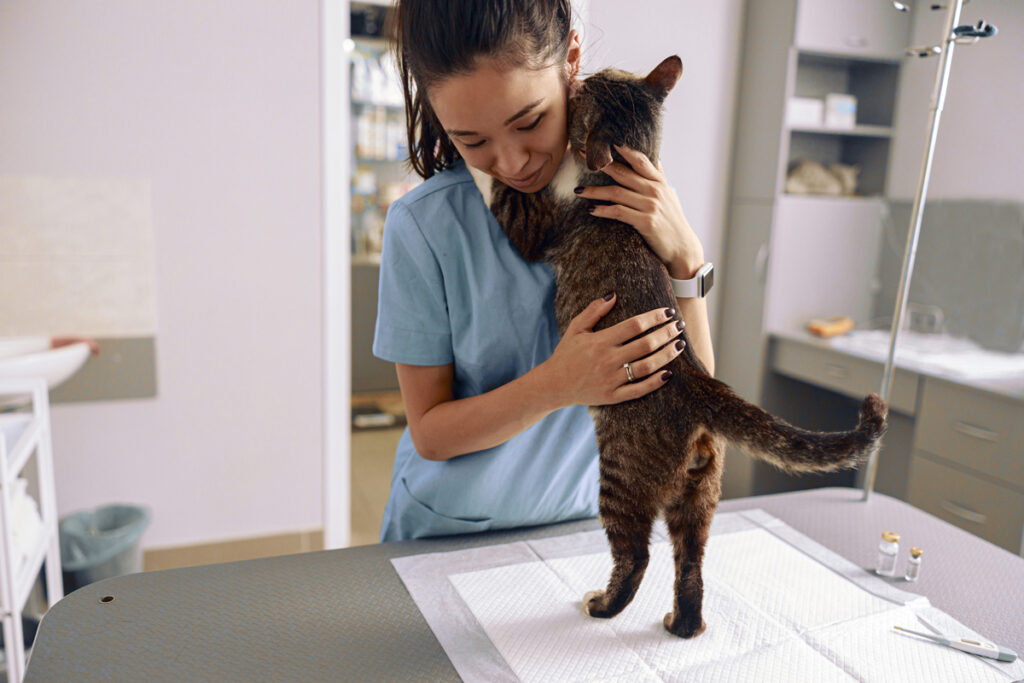
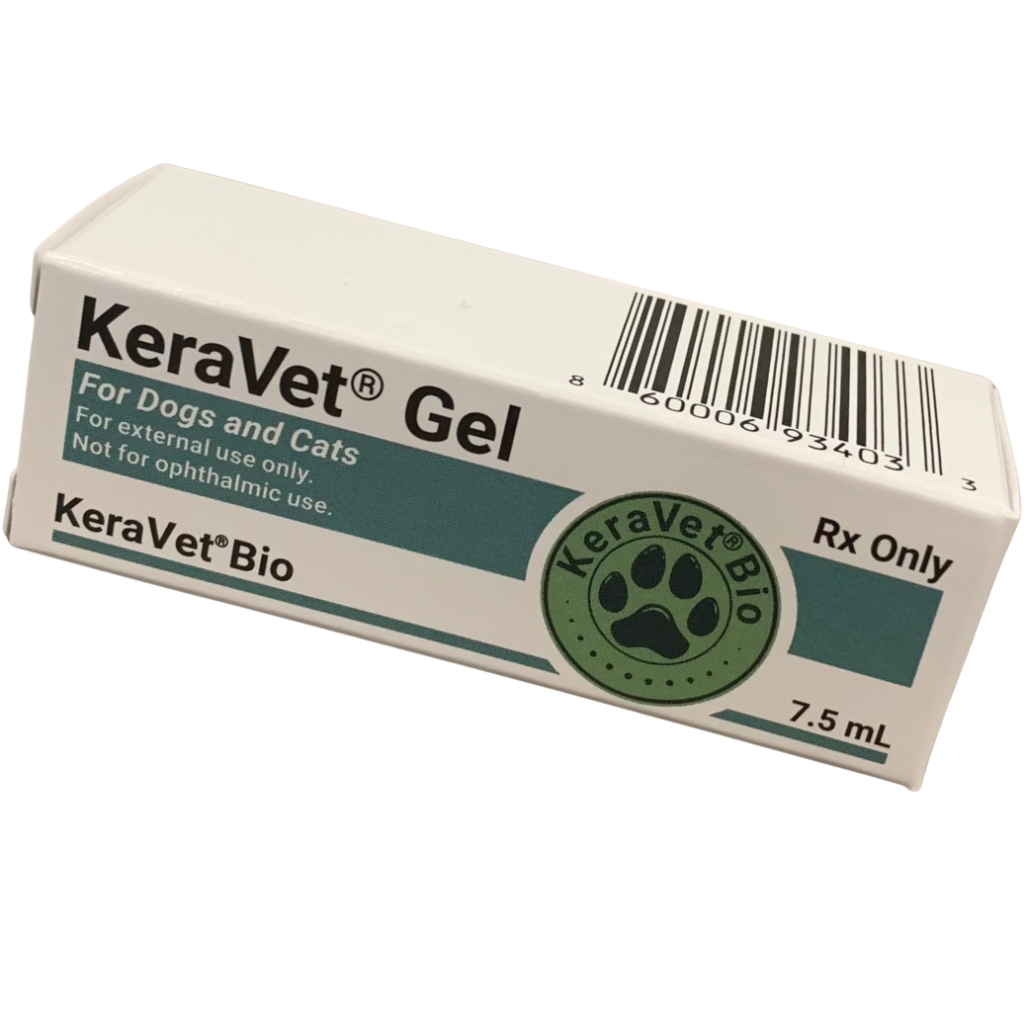
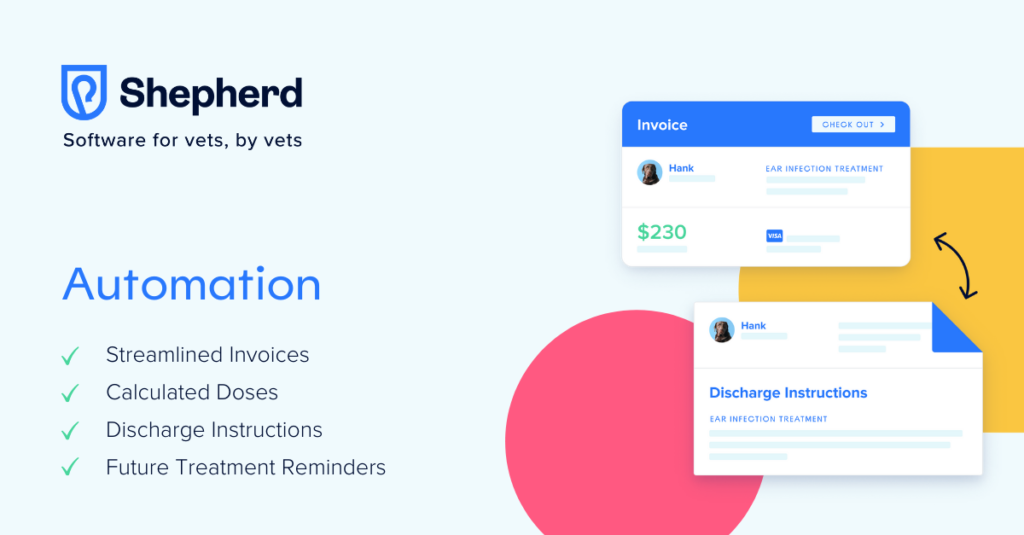
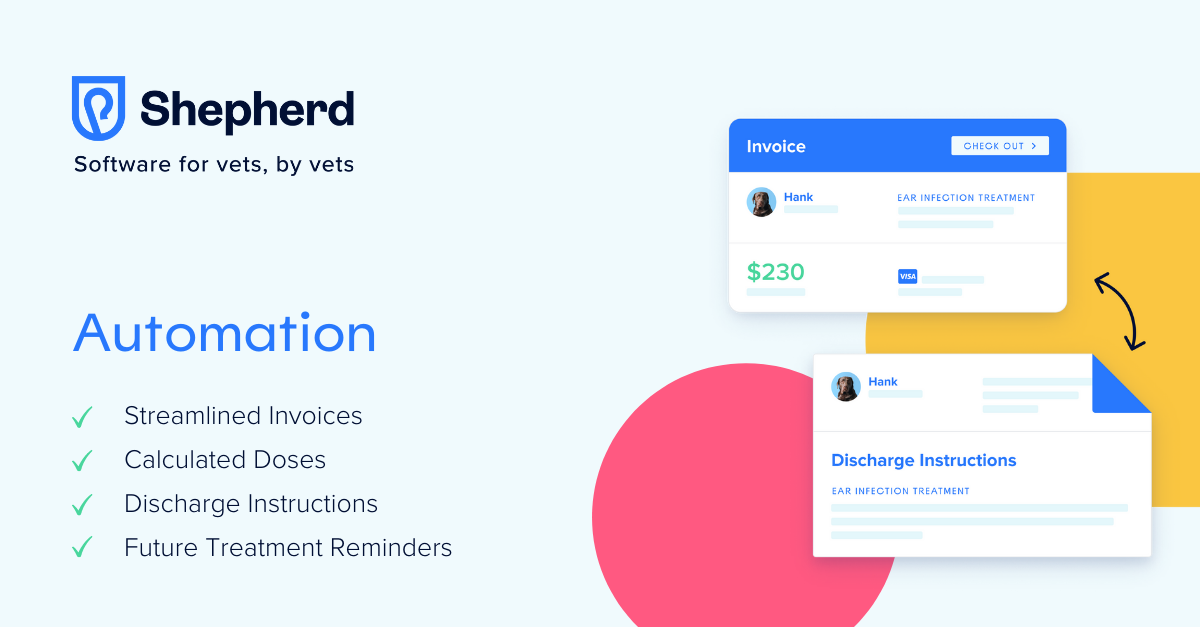 By Shepherd Veterinary Software
By Shepherd Veterinary Software
